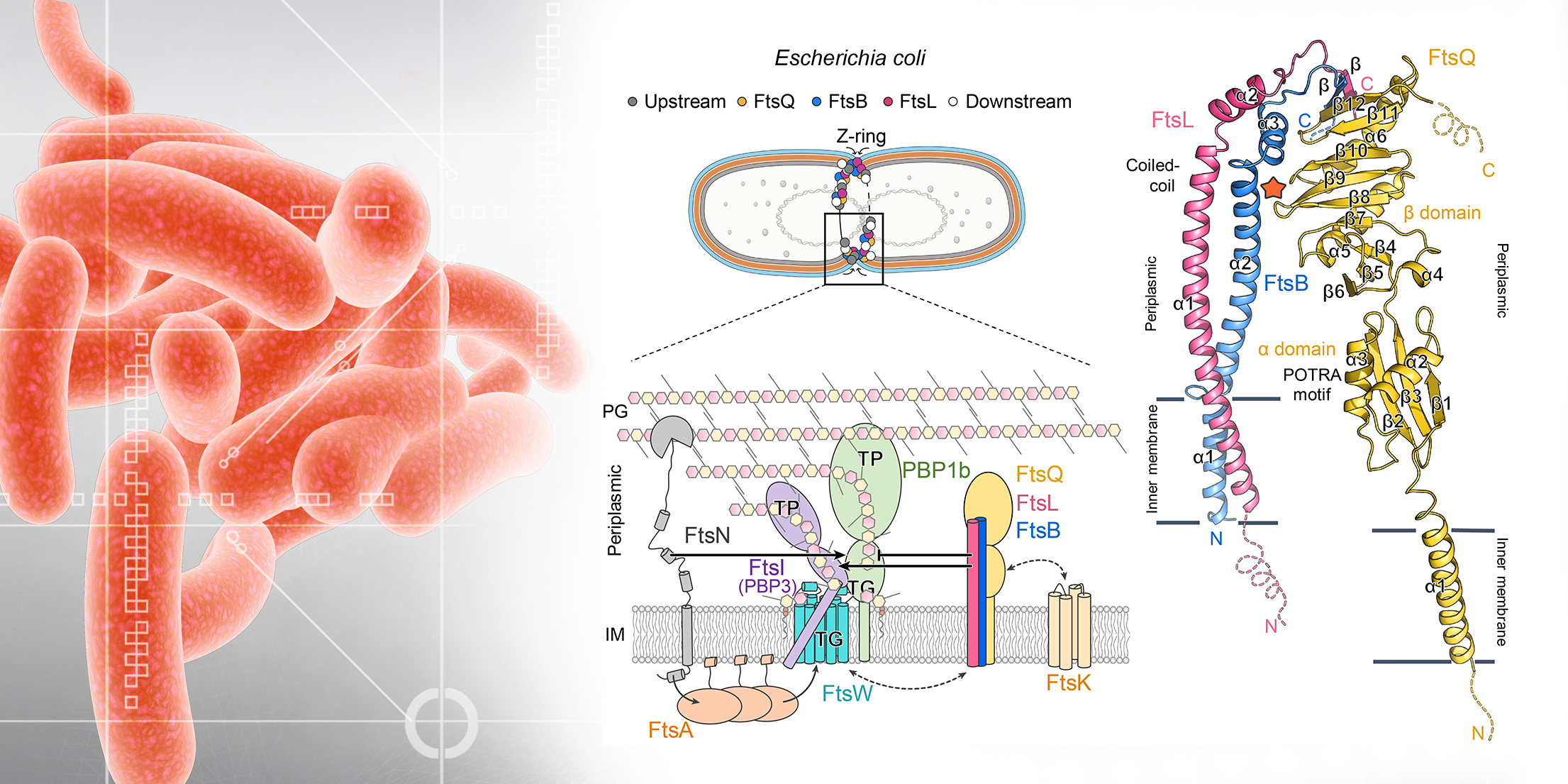Yun-Ru Chen, Yun-Chorng Chang
ACS Applied Materials & Interfaces
January 12, 2024
Progressive amyloid-β (Aβ) fibrillar aggregates have long been considered as the pathogenesis of Alzheimer’s disease (AD). Biocompatible and stable cysteine–Aβ peptide-conjugated gold nanoparticles (Cys-Aβ@AuNP) are demonstrated as suitable materials for detecting subfemtomolar Aβ peptides in human plasma. Incubation with Aβ peptides causes the Cys-Aβ@AuNP to aggregate and changes its absorption spectra. The spectral change is especially apparent and noticeable when detecting subfemtomolar Aβ peptides, and the aggregates contain only two or three AuNPs. Cys-Aβ@AuNP can also be used to identify early-stage Aβ oligomerization, which is not possible using the conventional method, in which the fluorescence of thioflavin-T is measured. The ability to detect Aβ oligomerization can facilitate therapeutics for AD. In addition, the binding of Aβ peptides by Cys-Aβ@AuNP in combination with centrifugation redirects the conventional Aβ aggregation pathway and can effectively inhibit the formation of toxic Aβ oligomers or fibrils. Therefore, the proposed Cys-Aβ@AuNP can also be used to develop effective therapeutic agents to inhibit Aβ aggregation. The results obtained in this study are expected to open revolutionary ways to both detect and inhibit Aβ aggregation at an early stage.





